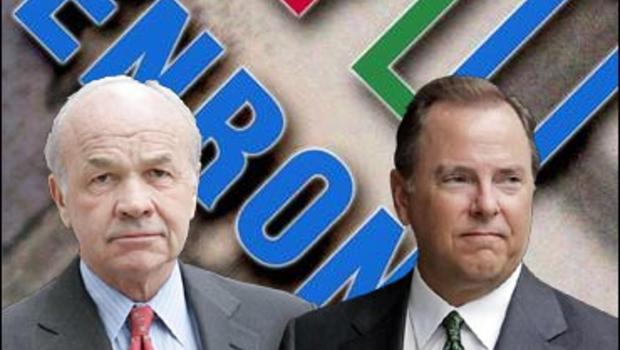 Earlier posts here and here reported on developments in Texas A&M University’s lawsuit this week against the Super Bowl XL-bound Seattle Seahawks to enjoin the Seahawks from infringing on A&M’s 12th Man trademark. The latest development is that the Seahawks have removed the lawsuit from the Aggies’ homefield of Brazos County District Court to the reasonably neutral venue of federal court in Houston.
Earlier posts here and here reported on developments in Texas A&M University’s lawsuit this week against the Super Bowl XL-bound Seattle Seahawks to enjoin the Seahawks from infringing on A&M’s 12th Man trademark. The latest development is that the Seahawks have removed the lawsuit from the Aggies’ homefield of Brazos County District Court to the reasonably neutral venue of federal court in Houston.
Not wanting to appear heavy-handed, A&M released the following statement to the media over the controversy:
“Texas A&M University certainly has no ill will towards the Seattle Seahawks; in fact we have Aggies on the team and coaching staff and we congratulate them on their splendid season leading up to Sunday’s Super Bowl. However, we have the responsibility and legal obligation to protect the university’s trademarks, which in this instance is the 12th Man. The 12th Man is one of our most treasured traditions, recognized by most as one of the most compelling in collegiate athletics. We have asked the Seahawks’ management to cease and desist promoting use of the 12th Man trademark. Such letters were submitted in 2004 and 2005 requesting their compliance, but our requests have not been honored. . . ”
“Texas A&M has done everything in its power over the last 2 years to bring quiet closure to this situation. Our hope is that the Seahawks’ organization will recognize our federal trademark.”
“Finally, just for the record, A&M sincerely hopes that the Steelers beat the hell out of the Seahawks in the Super Bowl on Sunday.”
O.K., I confess. I added that last paragraph. ;^)


